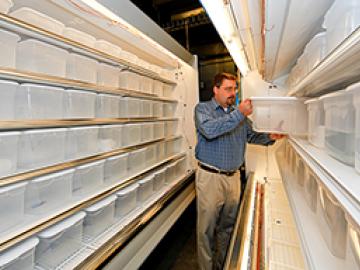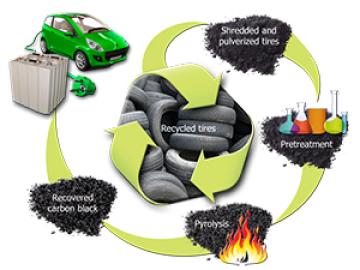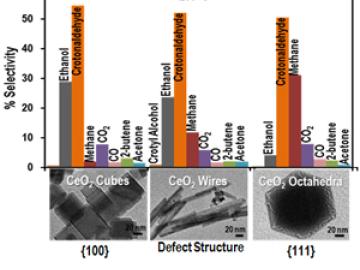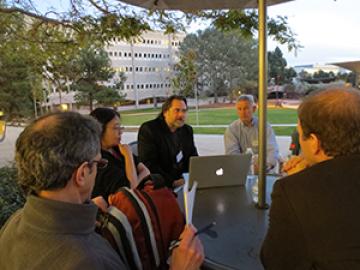
Artificial intelligence tools secure tomorrow’s electric grid


Surgeons treating the millions of people who suffer from a variety of eye conditions, including recurrent corneal erosions, have a new instrument its developers believe will result in better outcomes. Plexitome is a corneal instrument that acts as thousands of microscopic needles to imprint the pa...

Rifle optical sighting systems with a 19th century heritage could blast into modern times with a laser-based bullet tracking system being developed by a team led by Slobodan Rajic of Oak Ridge National Laboratory.

Drivers, their wallets and the environment could benefit from a connected vehicle system that could collectively save them from wasting 5.5 billion hours in traffic jams and nearly 3 billion gallons of fuel.







